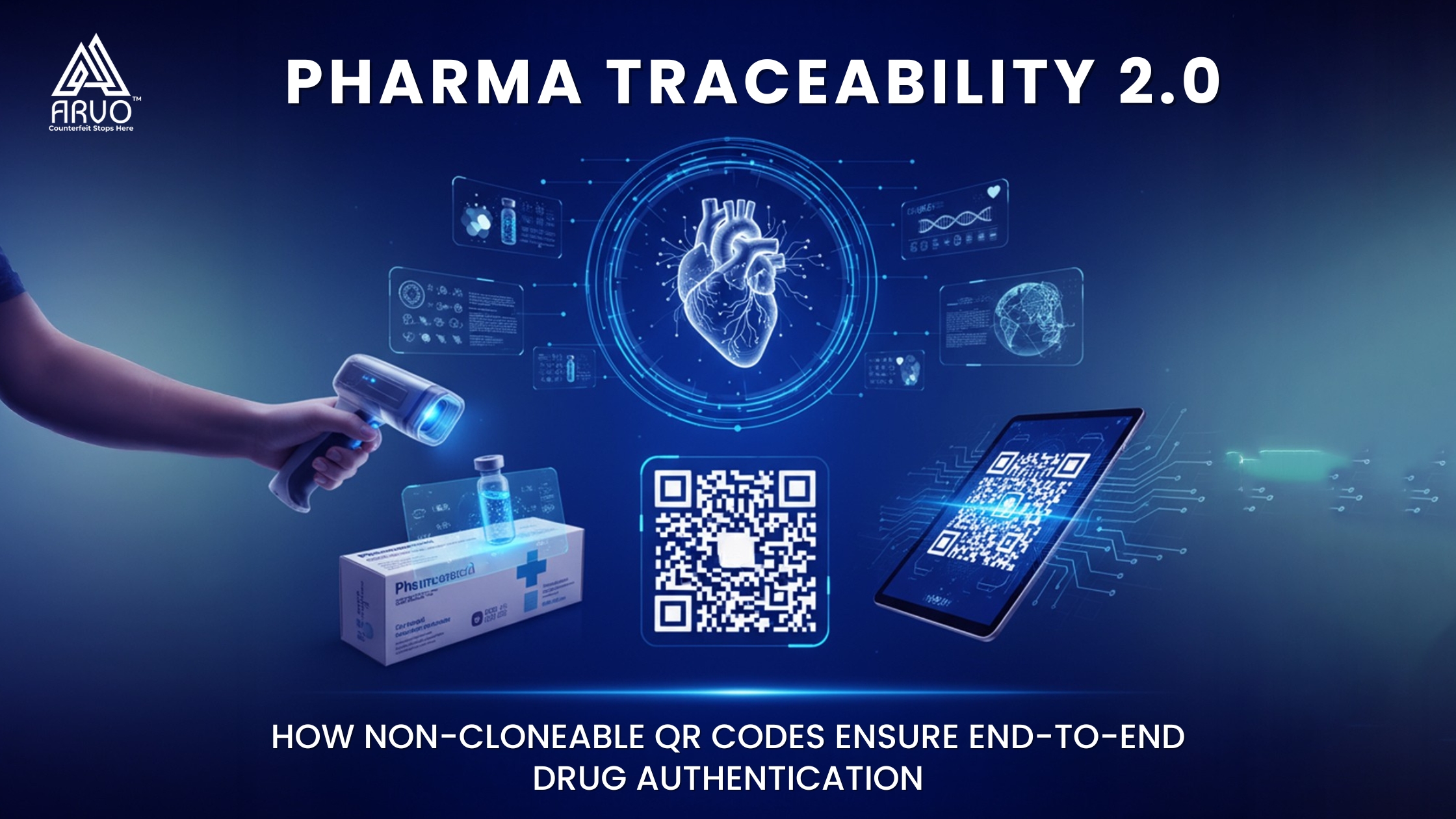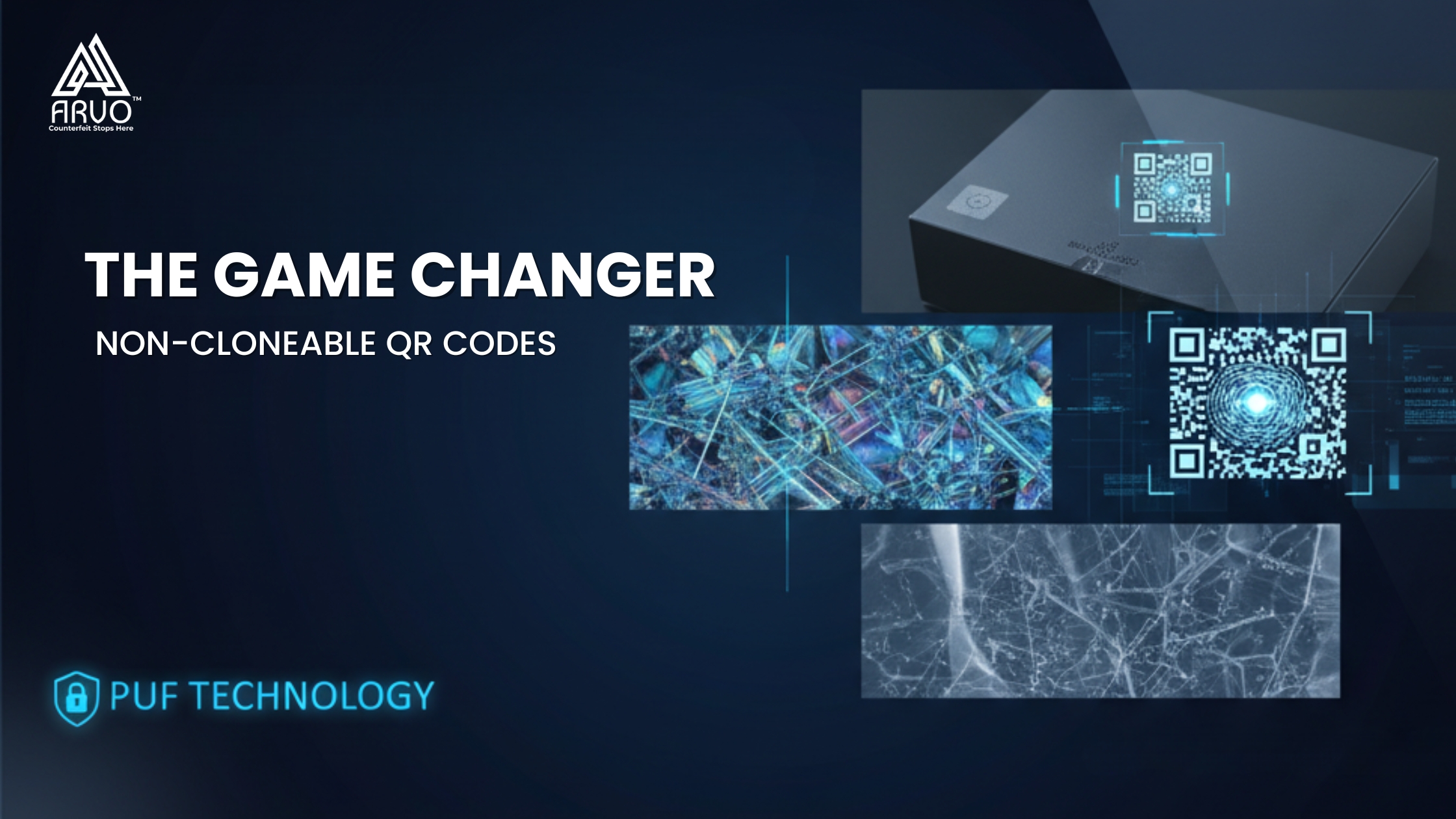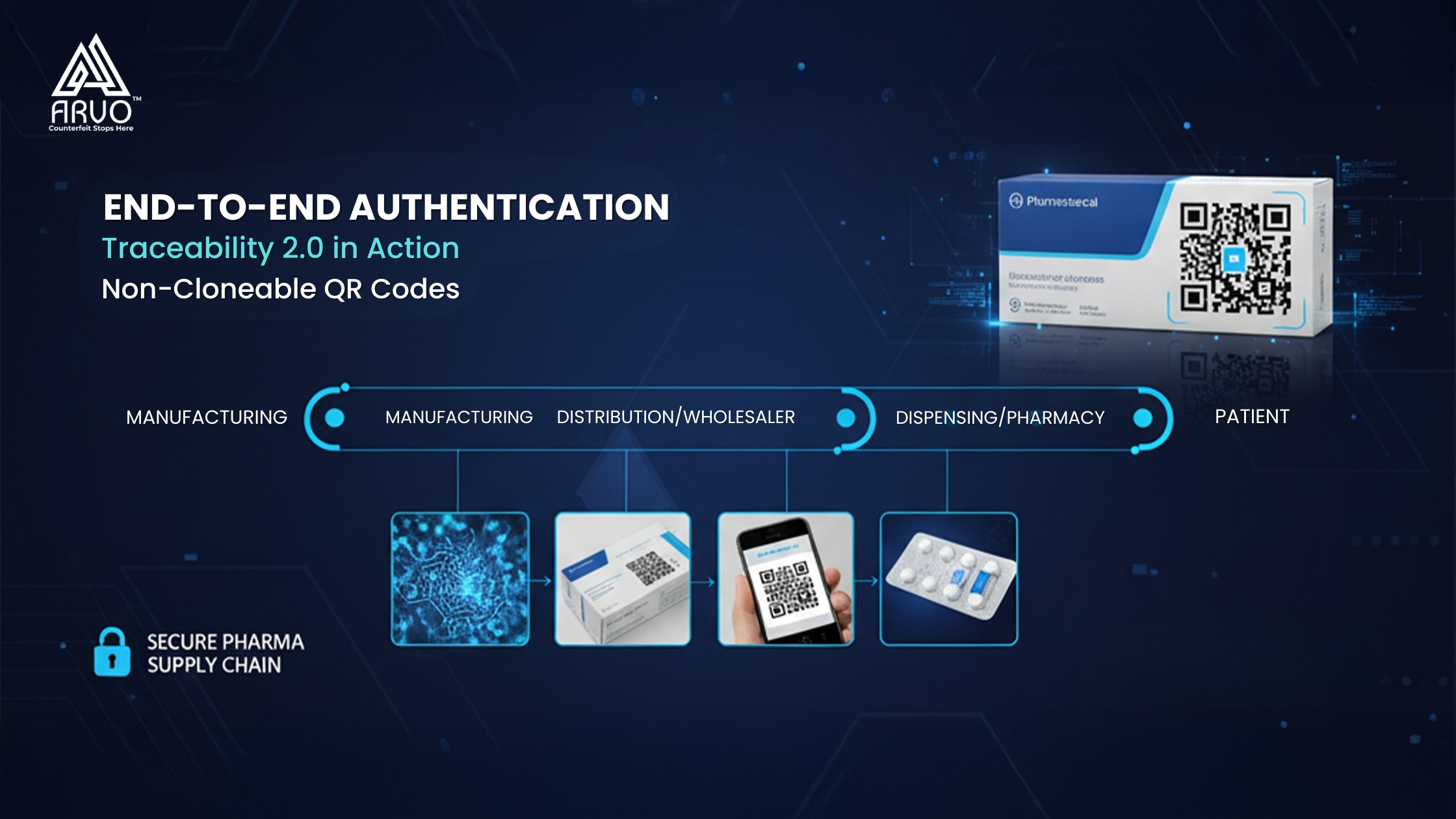
The pharmaceutical supply chain is a lifeline—but it’s also under constant attack. Counterfeit drugs, which can be ineffective, contaminated, or even lethal, are a global crisis. The industry’s solution has long been traceability, but the rise of sophisticated counterfeiters means simple serialization isn’t enough anymore.
Welcome to Pharma Traceability 2.0, where the focus shifts from merely tracking a product to instantly and reliably authenticating it. The key technology powering this seismic shift? Non-Cloneable QR Codes.
The Dilemma: Why Conventional Traceability is Ineffective
Serialization has been required by regulatory agencies such as the FDA (DSCSA in the U.S.) and the EU (FMD) over the years. This is by attaching a distinct serial number, usually in a DataMatrix or a standard QR code, to each saleable unit.
It is a huge advancement in this system that offers a digital pedigree of every product. Nonetheless, it has a serious weakness:
- Cloneability of Codes: A typical QR code is merely information printed on paper or packaging. An advanced counterfeiter will find it easy to scan the code of a real product, reprint another copy of the code, and paste it on his fake product. When the counterfeit code is scanned, it is connected to the data of the legitimate product, so it will seem authentic until a duplicate scan is detected much later down the line (which may be too late).
- Requirement of Overt vs. Covert Security: Traditional techniques usually depend on overt characteristics, such as holograms, or covert characteristics, such as special inks. A non-cloneable technology provides a means of combining the availability of a digital scan with a physical, non-tamperable anchor.

The Game Changer: Non-Cloneable QR Codes
Secure QR Codes are the development of product authentication in the form of Non-Cloneable QR Codes (NCQRCs). They preserve the ease of use of a basic scan and incorporate a strong, nearly unbreakable security measure.
Why then are they non-cloneable? The technology is generally founded on the principle of a Physical Unclonable Function (PUF).
How PUFs Work for Packaging
Unique Physical Fingerprint: A special substance, usually a security label, is put on the package. Random, microscopic patterns, such as a structure of 3D particles or a textured substrate, are added to this material naturally in the manufacturing process.
Digital Enrollment: This is a special, random physical pattern that is scanned by an image scanner and digitized. This electronic fingerprint is mathematically linked with the coded data (GTIN, batch number, etc.) and stored in a secure cloud database.
The Impossibility of Duplication: The physical pattern is a product of natural, random chaos on the micro-level; even with the identical printing process or materials, it is practically impossible to duplicate the microscopic pattern, thus, it is unclonable. The code will not be replicated in the physical structure by photocopying.When an NCQRC is scanned with a secure mobile application, the app does not simply read the digital information; it reads the physical pattern with the help of the camera and compares it to the stored digital fingerprint. When the physical fingerprint does not match the one in the record of that serial number, the product is immediately identified as a fake.

End-to-End Authentication: Traceability 2.0 in Action
Non-Cloneable QR Codes provide a dynamic, verifiable security layer that elevates pharma traceability to the next level: End-to-End Drug Authentication.
| Stage in Supply Chain | Traceability 1.0 (Standard Code) | Traceability 2.0 (Non-Cloneable Code) |
| Manufacturing | Prints serialized code; susceptible to external counterfeiting. | Prints a unique physical security feature; digital twin stored in database. |
| Distribution/Wholesaler | Scans code to log location; risks handling a look-alike copy. | Scans code, app verifies unique physical fingerprint in real-time. |
| Dispensing/Pharmacy | Verifies serial number against a database; limited check on physical code integrity. | Instantaneous, definitive authentication of the packaging itself at the point of dispensing. |
| Patient | Relies on the integrity of the pharmacy. | Empowered to scan and verify the drug’s authenticity before use, building trust. |
By linking the digital identity (the serial number) to a non-replicable physical asset (the code’s underlying unique pattern), the pharmaceutical industry creates a powerful shield. This ensures that the code being scanned is the original, unique code, guaranteeing that the medicine inside is authentic throughout its entire journey—from the factory to the patient’s hand.
The Future is Secure
As global supply chains grow more complex and regulatory pressure (like the U.S.’s 2023 DSCSA deadline for unit-level traceability) increases, the adoption of advanced authentication technologies is no longer optional—it’s essential. Non-Cloneable QR Codes represent the gold standard for Pharma Traceability 2.0, offering an accessible, affordable, and, most importantly, unclonable path to a safer, counterfeit-free drug supply.
FAQ
1. What is the big problem with current drug tracking (Traceability 1.0)?
The main problem is that the standard QR codes or serial numbers used today are easily copied by counterfeiters. A criminal can simply scan a code from a real drug, print a copy, and put it on a fake product. This fake drug will appear legitimate when scanned until a duplicate is detected, much later, which is often too late to stop the harm.
2. How do “Non-Cloneable QR Codes” (NCQRCs) stop this copying?
NCQRCs link the digital code (the serial number) to a unique physical fingerprint on the packaging.
- This fingerprint is a random, microscopic pattern that is impossible to duplicate, even with high-tech equipment.
- When the code is scanned, the app checks the digital information and verifies that the physical pattern matches the one stored in the secure database. If the physical pattern is wrong or missing, the drug is immediately flagged as a fake.
3. What is the main benefit of this new system (Traceability 2.0)?
The key benefit is instant, definitive authentication from the factory to the patient’s hand.
- It moves beyond just tracking the drug’s location to proving its authenticity in real-time.
- It gives every partner in the supply chain—from distributors to the patient—the power to scan the code and instantly verify that the medicine is 100% genuine before it is dispensed or consumed.